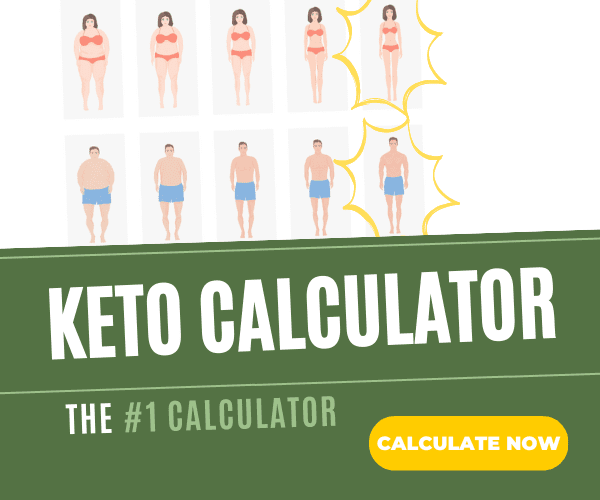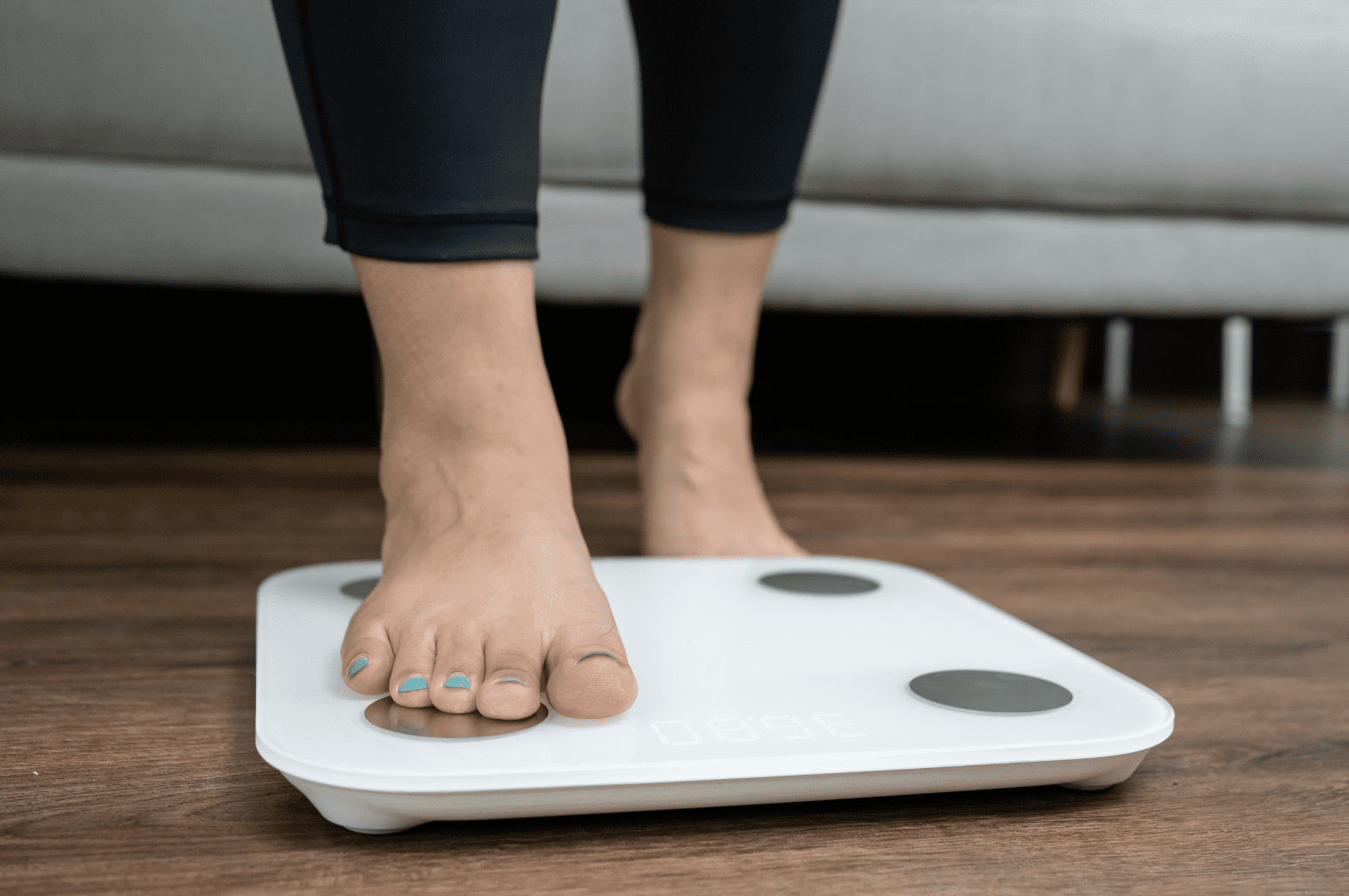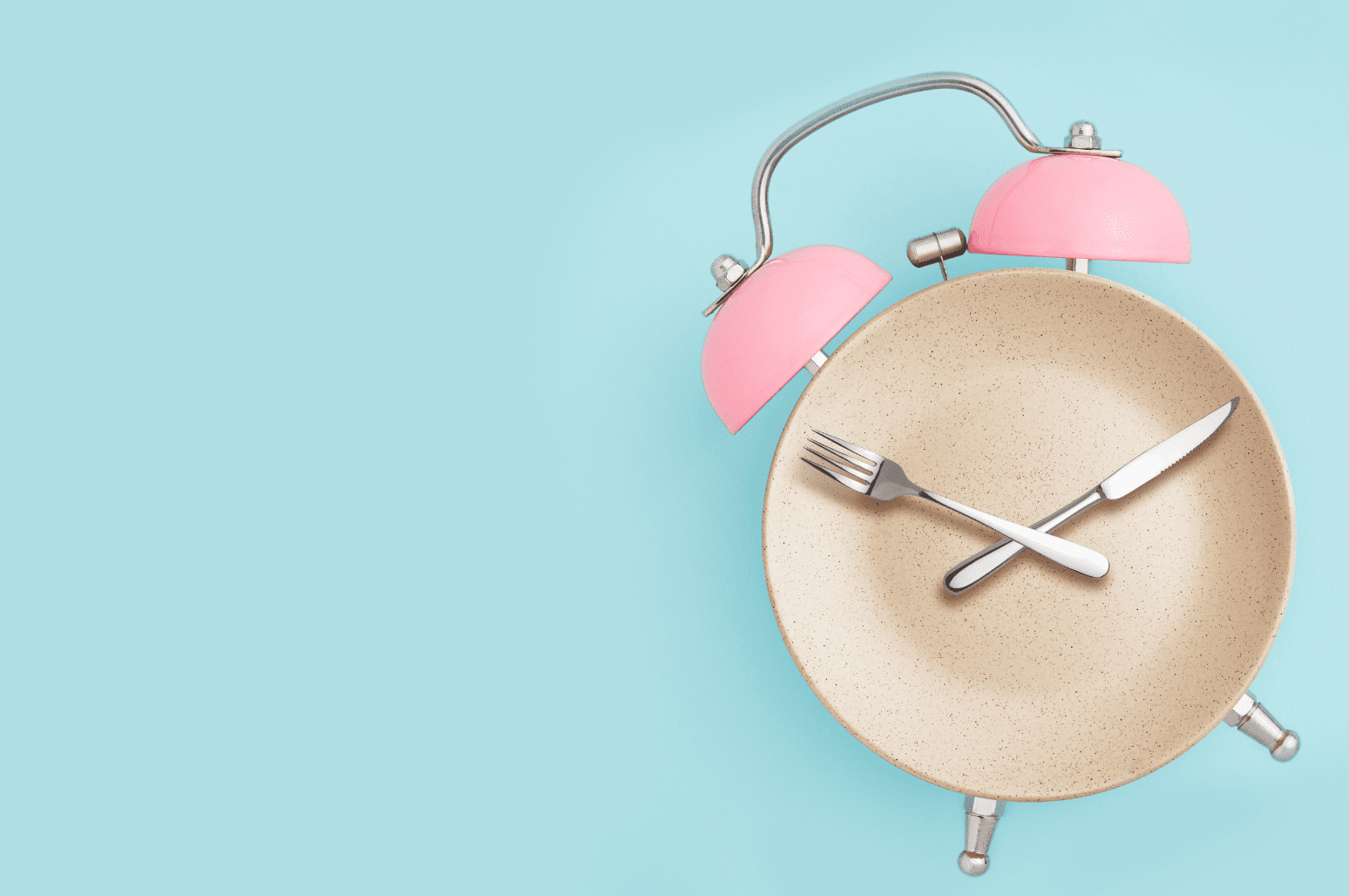
When it comes to tracking your weight loss progress, the scale can be helpful, but its not always necessary. Sure, it can be beneficial to use to keep an eye on where you started, but it’s not the only way to measure progress. While some individuals might not have a scale to use, others might not like to use it as it can start to become mentally draining.
As a nutrition consultant, I know firsthand how the constant monitoring of your weight can sometimes lead to an unhealthy pattern that could result in an obsessive disorder if taken too far. Besides, just because the number on the scale isn’t moving, that doesn’t mean you’re not improving.
So what are some other ways you can measure your progress and track fat loss without the scale?
1. Take Progress Pictures
When I start working with clients, one of the first things I ask them to do is take progress pictures. It can feel a bit awkward at first, taking pictures of yourself with no posing or flexing. But it can give you a solid starting point for comparison further down the line.
It’s easy to let the scale dictate the progress you’ve made, but when you take into consideration things like muscle gain, water weight, bloating, etc., the scale can be very misleading. Taking progress pictures instead allows you to see how the weight is distributed across your body.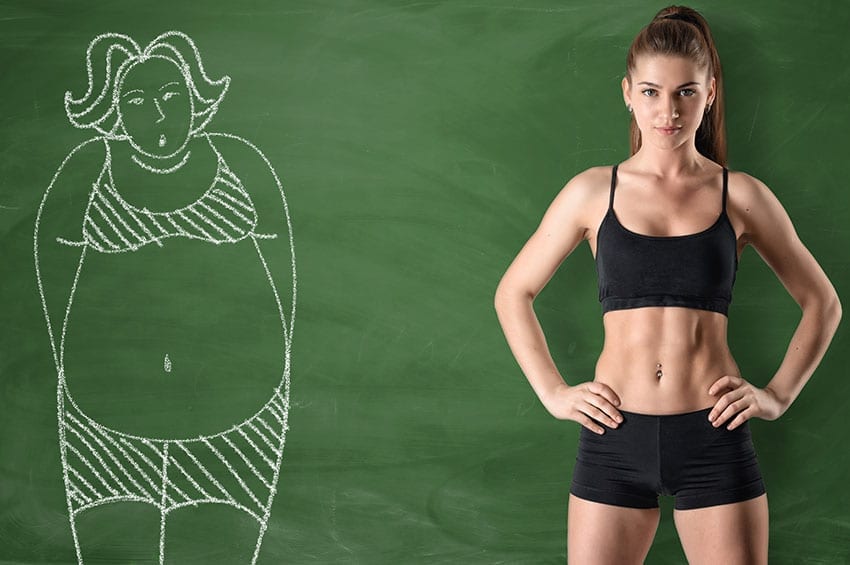
You might be thinking, “I look at myself in the mirror every day, why do I need to take progress pictures?” That’s the reason we want to take these pictures in the first place. Looking at ourselves in the mirror every day makes noticing changes nearly imperceptible.
What do we recommend? Take progress pictures of yourself every few weeks to see the changes you’ve made. These should be images of yourself fully relaxed and ideally in the same clothes to get a better visual of any differences.
2. Take Measurements Using a Tape Measure
The scale helps tell you if you’re losing weight or gaining weight, but it doesn’t tell you where. For example, if you’ve been killing it in the gym and working hard to build muscle, chances are you’re seeing a difference in not only your progress pictures but in your measurements as well.
Many individuals I work with have a goal of increasing their lean muscle mass and losing fat. They may want to lose some inches around their waist and increase the measurements on their legs and thighs. This is where using a tape measure can be extremely helpful. The scale could show that you’ve gained weight, but it’s still very possible that you’ve decreased your waistline and added some lean muscle.
3. Measure Your Body Fat
Seeing a drop in numbers on the scale can be encouraging, however, the scale only takes into account your overall weight. Just like looking at your measurements, keeping track of your actual body fat is a great way to measure progress. After all, when individuals say they want to “lose weight”, they really mean they want to lose fat, not muscle.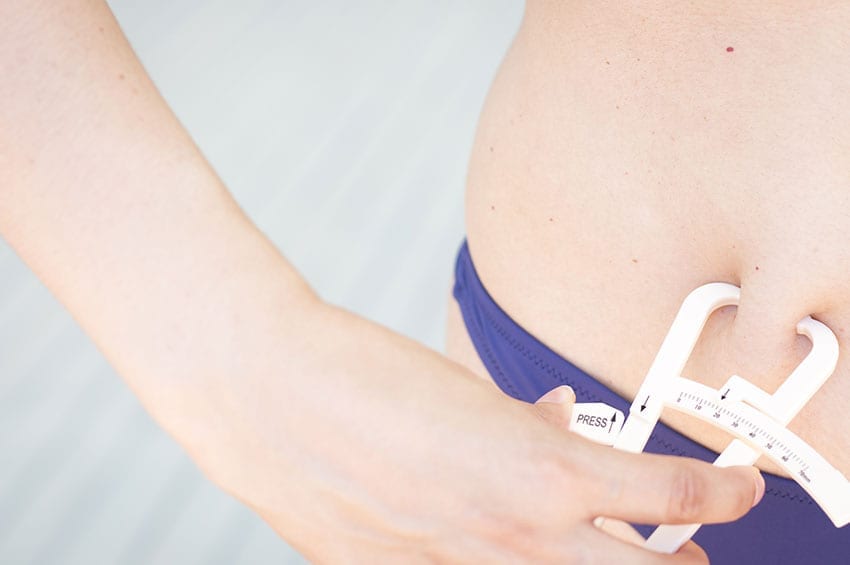
There are a number of ways you can measure your fat percentage, some being more accurate than others.
Some of the most popular ways include:
- Skinfold calipers
- DXA scan
- Bod Pod
- 3D Body Scanners
- Hydrostatic weight
We recommend trying a DXA scan as those are one of the more accurate types of body fat measurements that are easily accessible to the public.
4. Try Benchmark Tests
Another way to measure progress? Along with your physical appearance, your strength and muscle endurance could change with your new progress as well. A great way to test your performance in the gym is to set up benchmark tests.
When you first start your weight loss journey, test your strength and speed benchmarks:
- What’s your current one rep-max bench and deadlift?
- How much can you push and pull?
- How fast can you run 40 yards?
These numbers will not only give you a good estimate of where your strength currently sits, but it will be another way to encourage you to keep going.
Getting stronger is one of the most motivating factors in the weight loss journey and often times is what helps individuals keep going when they’re struggling with their aesthetic goals.
5. Try on Old Clothes and Compare
A few months after starting your health journey, progress and motivation can begin to plateau. How do we stop this feeling of discouragement? Something I recommend to my clients is to try on your old clothes and see how loose they are in comparison to the clothes you wear now for the slimmer version of yourself.
It’s important to sit back and reflect. For example, my aunt has lost over 95 pounds this past year by following the keto diet. She was expressing how frustrated she was with hitting a weight loss plateau, but then she tried on her old clothes and realized how far she had come.
No matter how you decide to track your progress, remember to be patient with yourself and remain committed. You won’t see results overnight, but the daily habits you cultivate will provide your new health journey with a solid backbone to lean on in times of stress.


